The concept of smart cities has long been heralded as the future of urban development, promising seamless integration of technology to improve efficiency, sustainability, and quality of life. However, one of the most persistent challenges in realizing this vision is the issue of data silos. These isolated pockets of information, often trapped within individual departments or agencies, hinder collaboration and prevent cities from unlocking the full potential of their data. Breaking down these barriers is not just a technical challenge but a systemic one, requiring a combination of policy, technology, and cultural shifts.
At the heart of the problem lies the fragmented nature of city governance. Different municipal departments—transportation, healthcare, utilities, and public safety—often operate with their own datasets, software systems, and protocols. This lack of interoperability means that critical insights remain buried, unable to inform broader decision-making. For instance, traffic data collected by transportation authorities could significantly enhance emergency response times if shared with public safety agencies. Yet, without a unified framework, such synergies remain unrealized.
One promising approach to dismantling data silos is the adoption of open data platforms. These platforms serve as centralized repositories where various stakeholders can securely share and access data. By standardizing data formats and implementing robust APIs, cities can ensure that information flows freely across departments. Copenhagen’s City Data Exchange is a prime example of this model in action. The platform aggregates data from public and private sources, enabling real-time analytics that drive everything from traffic management to energy conservation.
However, technology alone is not enough. Resistance to data sharing often stems from institutional inertia and concerns over privacy or security. To address this, cities must foster a culture of collaboration by establishing clear guidelines on data ownership, usage rights, and security protocols. Barcelona’s Digital City Plan exemplifies this balanced approach. The city not only invested in digital infrastructure but also engaged stakeholders—from government employees to citizens—in co-creating policies that prioritize transparency and trust.
Another critical factor is the role of public-private partnerships. Many smart city initiatives rely on data collected by private companies, such as ride-sharing apps or utility providers. Without mechanisms to integrate this data into public systems, its value is diluted. Cities like Singapore have tackled this by creating legal frameworks that mandate data-sharing agreements between private entities and municipal authorities. These partnerships ensure that proprietary data contributes to the public good while safeguarding commercial interests.
Beyond governance and partnerships, the technical architecture of smart cities must evolve to support decentralized yet interconnected systems. Blockchain technology, for instance, offers a potential solution by enabling secure, tamper-proof data exchanges without centralized control. Projects like Dubai’s Blockchain Strategy aim to use distributed ledgers to streamline everything from property records to visa applications, reducing redundancy and enhancing trust between entities.
Yet, even with these advancements, the human element remains paramount. Training programs for city officials and public awareness campaigns can demystify data-sharing initiatives, addressing fears of misuse or job displacement. When citizens understand how their data improves urban life—such as optimizing public transport routes or reducing energy waste—they are more likely to support these efforts. Amsterdam’s Smart Citizen Lab actively involves residents in data collection and analysis, turning them from passive subjects into active participants in the smart city ecosystem.
The journey toward eliminating data silos is undeniably complex, but the rewards are transformative. Cities that succeed in creating integrated data ecosystems will not only enhance operational efficiency but also foster innovation. Startups and researchers can leverage open datasets to develop solutions for urban challenges, from air quality monitoring to predictive policing. This virtuous cycle of data sharing and innovation is what ultimately defines a truly smart city.
As urbanization accelerates globally, the imperative to break down data silos grows stronger. The cities that embrace this challenge—not as a technical hurdle but as an opportunity to reimagine governance—will lead the next wave of urban development. The blueprint is clear: combine cutting-edge technology with inclusive policies and a commitment to transparency. The result will be cities that are not just smart but also equitable, resilient, and responsive to the needs of all their inhabitants.

By /Jun 3, 2025
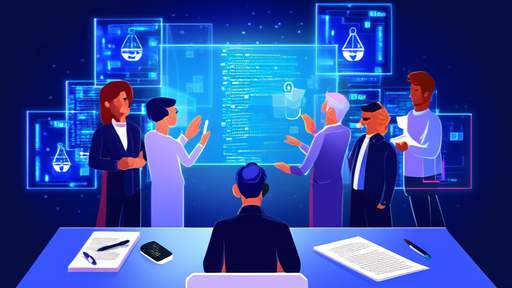
By /Jun 3, 2025
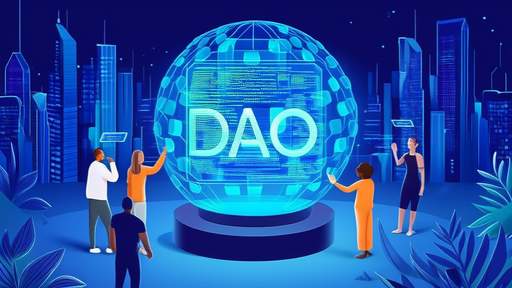
By /Jun 3, 2025

By /Jun 3, 2025
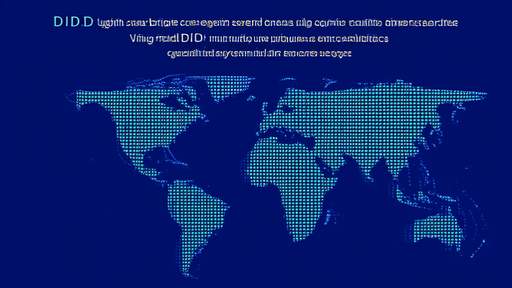
By /Jun 3, 2025

By /Jun 3, 2025

By /Jun 3, 2025

By /Jun 3, 2025

By /Jun 3, 2025

By /Jun 3, 2025
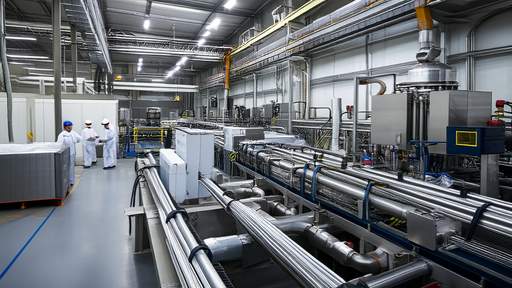
By /Jun 3, 2025

By /Jun 3, 2025

By /Jun 3, 2025

By /Jun 3, 2025
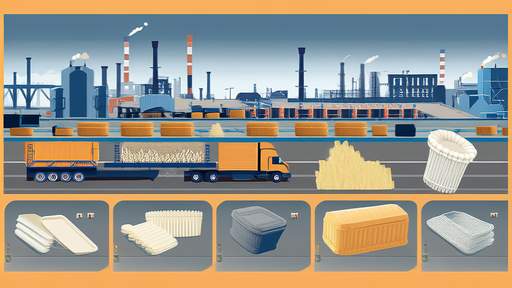
By /Jun 3, 2025

By /Jun 3, 2025

By /Jun 3, 2025
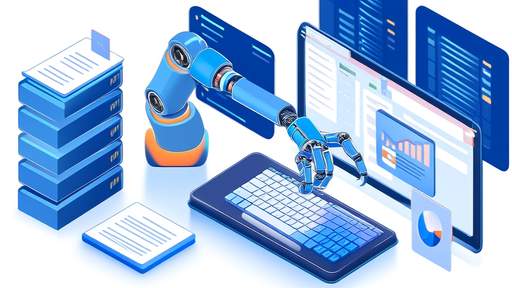
By /Jun 3, 2025

By /Jun 3, 2025

By /Jun 3, 2025